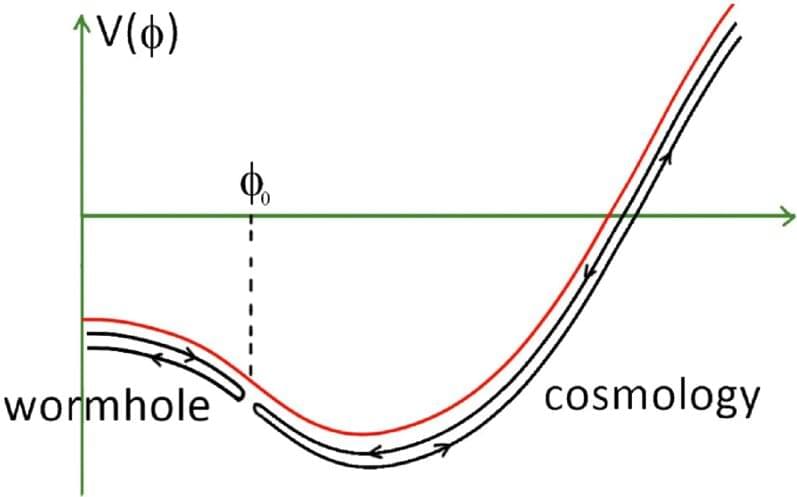When world-leading teams join forces, new findings are bound to be made. This is what happened when quantum physicists from the Physikalisch-Technische Bundesanstalt (PTB) and the Max Planck Institute for Nuclear Physics (MPIK) in Heidelberg combined atomic and nuclear physics with unprecedented accuracy using two different methods of measurement.
Together with new calculations of the structure of atomic nuclei, theoretical physicists from the Technical University of Darmstadt and Leibniz University Hannover were able to show that measurements on the electron shell of an atom can provide information about the deformation of the atomic nucleus. At the same time, the precision measurements have set new limits regarding the strength of a potential dark force between neutrons and electrons.
The results have been published in the current issue of the journal Physical Review Letters.









